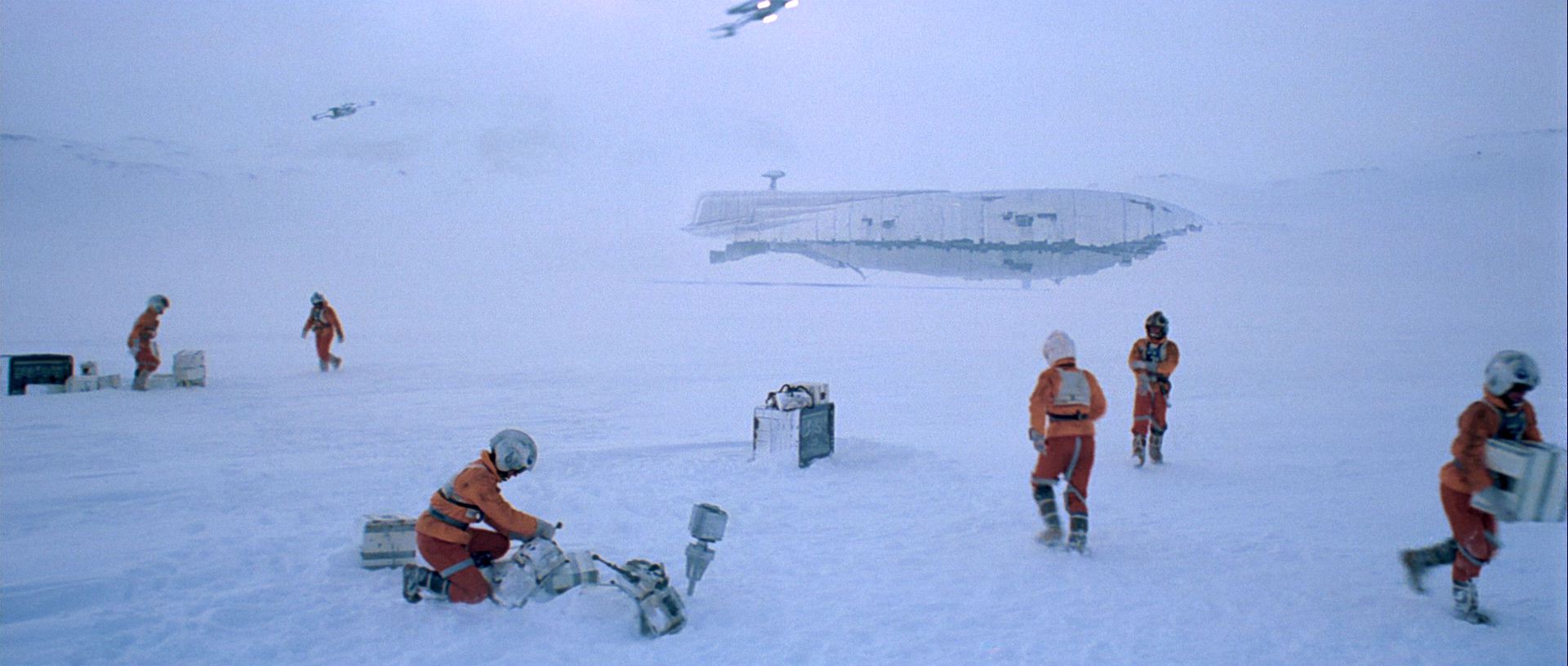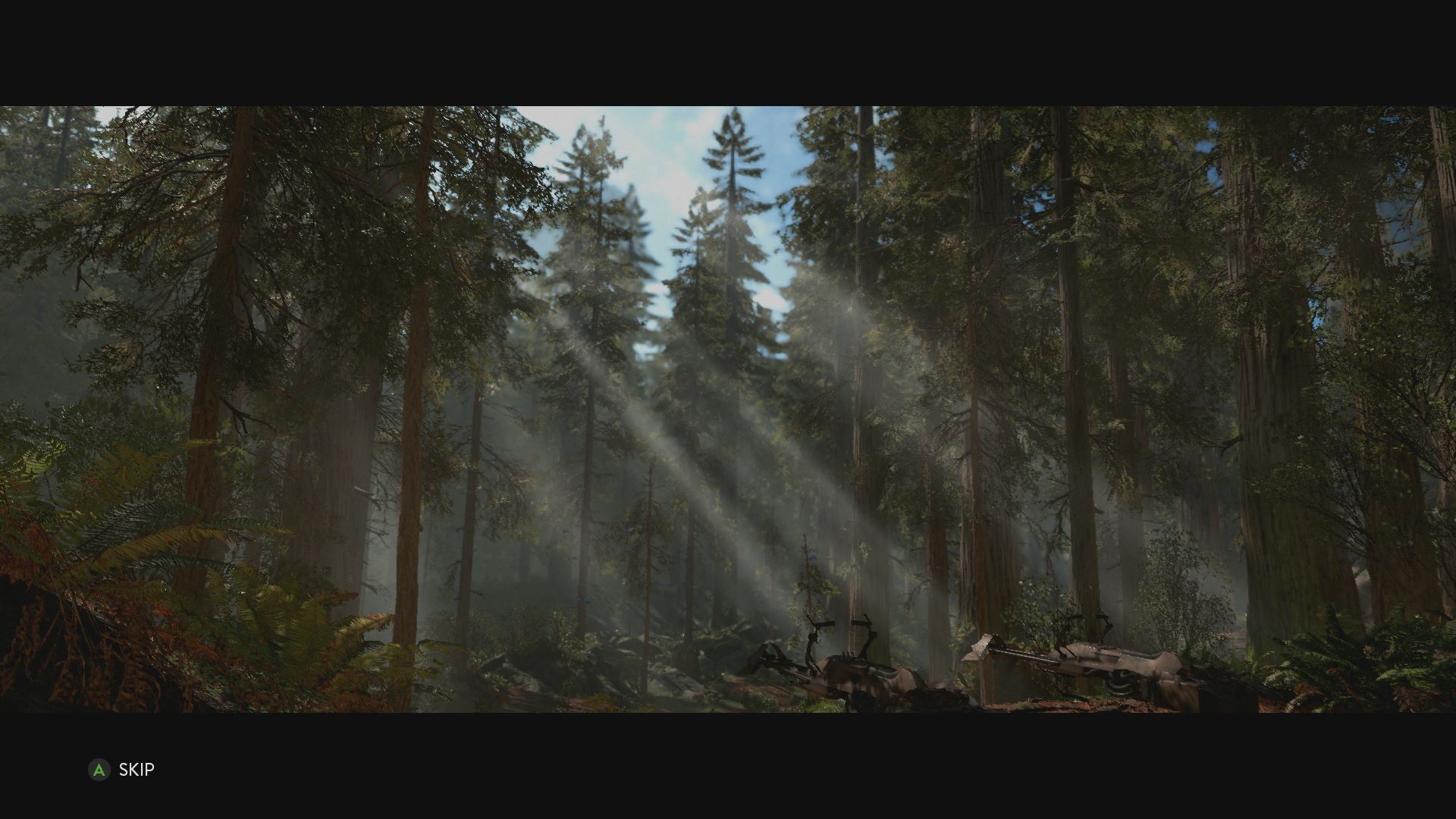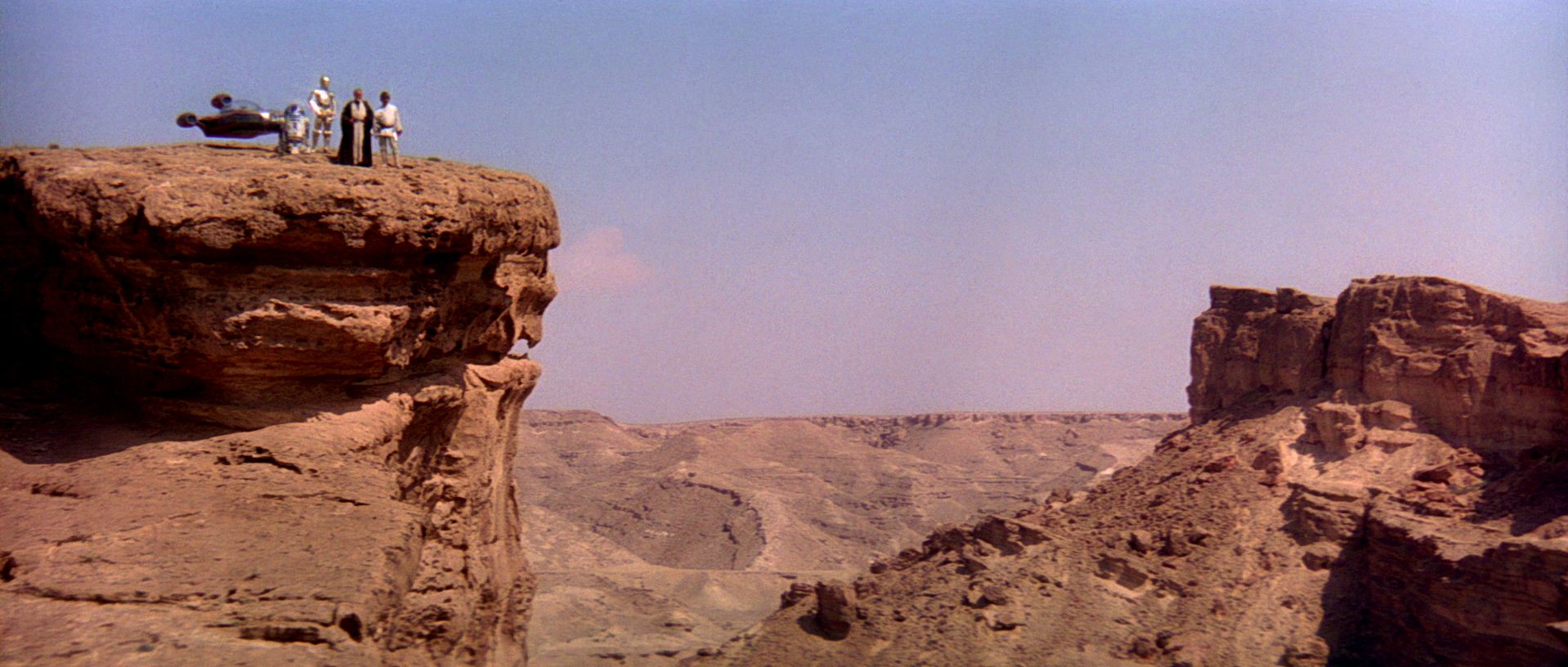
Star Wars Battlefront is finally out and about, having released on November 17th. It doesn’t feel like a long time ago since our initial analysis, where the game’s post processing and alpha effects cemented it as the next big step forward for video game graphics. However, even after Battlefront has been picked dry from a gameplay perspective, its visuals continue to stand out as an interesting anomaly in the gaming industry.
This is because Star Wars Battlefront doesn’t run at 1080p resolution on consoles like most other big-name games this year. Though it maintains a near 60 FPS frame rate, its resolution on the Xbox One and PS4 is 720p and 900p respectively. Something obviously has to give, especially when it comes to the pre-conceived notions of what constitutes a great looking game on consoles these days.
When the Frostbite 3 engine made its debut on current gen consoles with Battlefield 4, it felt as though it were yet to reach its full potential. This trend continued into Battlefield: Hardline which did next to nothing to really build upon the texture quality, frame rate performance, resolution or overall look of Battlefield 4. Meanwhile, trailers for other EA games like Mass Effect: Andromeda and Mirror’s Edge: Catalyst began doing the rounds. Both game trailers featured in-engine visuals which stood out as something that Frostbite could eventually adhere to across all future games. This was further reinforced when Ghost Games’ Need for Speed came out.
An in-depth look at the technology behind Star Wars Battlefront. All footage is from the PC version of Battlefront. Select 1080p and 60fps option for best possible video playback quality.
With Need for Speed, Frostbite began to show its potential in many other departments, primarily in physically based rendering, real time HDR lighting, alpha effects, volumetric effects, bloom, blur and much more. Interestingly, one of the negatives to Need for Speed’s visuals was with its shadows, particularly in shadow dithering despite the presence of SSAO. Star Wars Battlefront also faced issues with its shadows, particularly when they were missing or simply of a lower quality on consoles.
As noted in our earlier analysis, DICE appeared to be focusing more on a physically based rendering (PBR) pipeline for Star Wars Battlefront. PBR anyway affects the presentation of textures, literally presenting them in a new light, due to the use of a physics model for deciding how light should interact with different materials (and the shadows that are produced as a result). This also takes into account whether light is reflecting off of or refracting through an object, thus resulting in a more natural presentation of environments and characters.
It becomes all the more interesting when you factor in Battlefront’s use of photogrammetry. As per DICE, photogrammetry wasn’t simply used to take lots of pictures and simply recreate them into 3D models with the help of computers. Instead, the information from these still images is used to create high resolution 3D meshes, crafting an intricate series of surface points for objects and models. The process is used to mix live action and 3D footage in movies like The Matrix. In fact, similar mixing of live action footage and gameplay was noticed in Need for Speed.
It may sound like a very easy way to realistically depict the world in a video game but when you add the Star Wars context – which involves images of props, equipment, outfits, helmets, environments, etc. – the amount of man hours starts to rise higher and higher. Personally, it serves to explain why Battlefront is “light on content”. What is there is simply so intricately and faithfully detailed that it can get ridiculous at times.
Check out the images below which compare the environments and certain scenes in Star Wars Battlefront to the original films. These aren’t one to one comparisons but when you note how the environments and characters appear in the movies, it’s remarkable to see how Battlefront measures up to them so well. Note that the HQ images of Battlefront are from the PC version.
At times, especially when taking PBR into account, it almost feels as though Star Wars Battlefront is bringing forth the universe we grow up with in a crisper light. Elements like adaptive tessellation, parallax occlusion, depth of field, focal length bokeh and volumetric lighting voxels bring the environments to life in such a unique way that’s still inherently faithful to the aesthetic of Star Wars.
When noting the usage of photogrammetry with the post processing and other effects, it’s intriguing to think whether this can really be Frostbite’s standard going forward. Though this practice is most useful for Star Wars Battlefront, a game with a focused property, how well would it translate to Mass Effect: Andromeda for instance? For that matter, will pushing for this “CG-style” of visuals really benefit games like Andromeda or even Mirror’s Edge: Catalyst, especially when the latter is attempting a more non-linear open world approach to its gameplay. It comes down to the game’s aesthetic and how its visuals ties into the gameplay. As such, we’ve seen two highly successful instances of Frostbite delivering a cinematic presentation in lieu of 60 FPS/1080p. It will be interesting to see what other experiments are conducted to further the emphasis on post processing effects and PBR, and whether photogrammetry will ever be used as prominently as in Star Wars Battlefront.
At the end of the day, when it comes down to whether Star Wars Battlefront is the best looking game this generation, there are many further questions we need to ask. Does best looking really mean technically perfect? Does it entail immersing us in its world flawlessly, to the point where we can’t even tell the difference between it and its source material? Does it mean having a Hollywood-level of cinematic presentation? Is it a more subtle, nuanced practice that involves various technologies working together to achieve a certain look?
Whatever your take on the situation may be, one thing is for sure – Star Wars Battlefront has proven that it can truly push for a next generation leap in visuals without following the same patterns as other games, even if it means not achieving the “golden standard” of visuals that’s been expected from the PS4 and Xbox One.





















